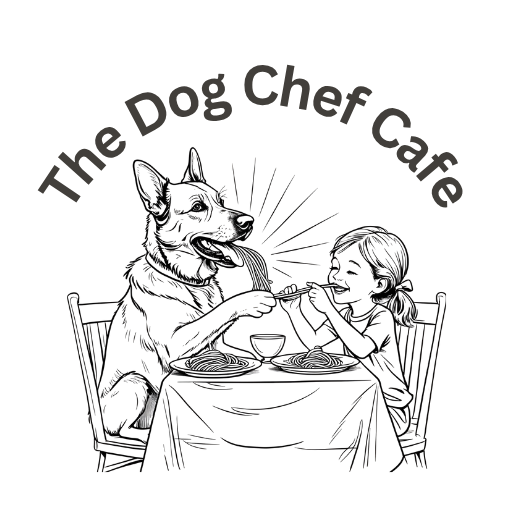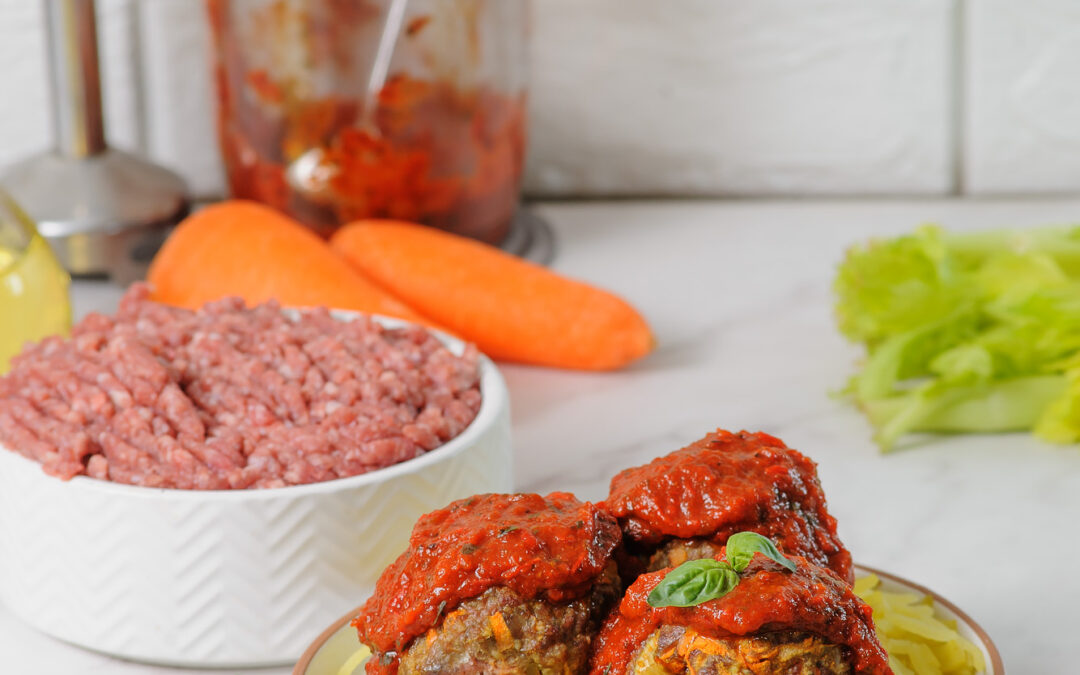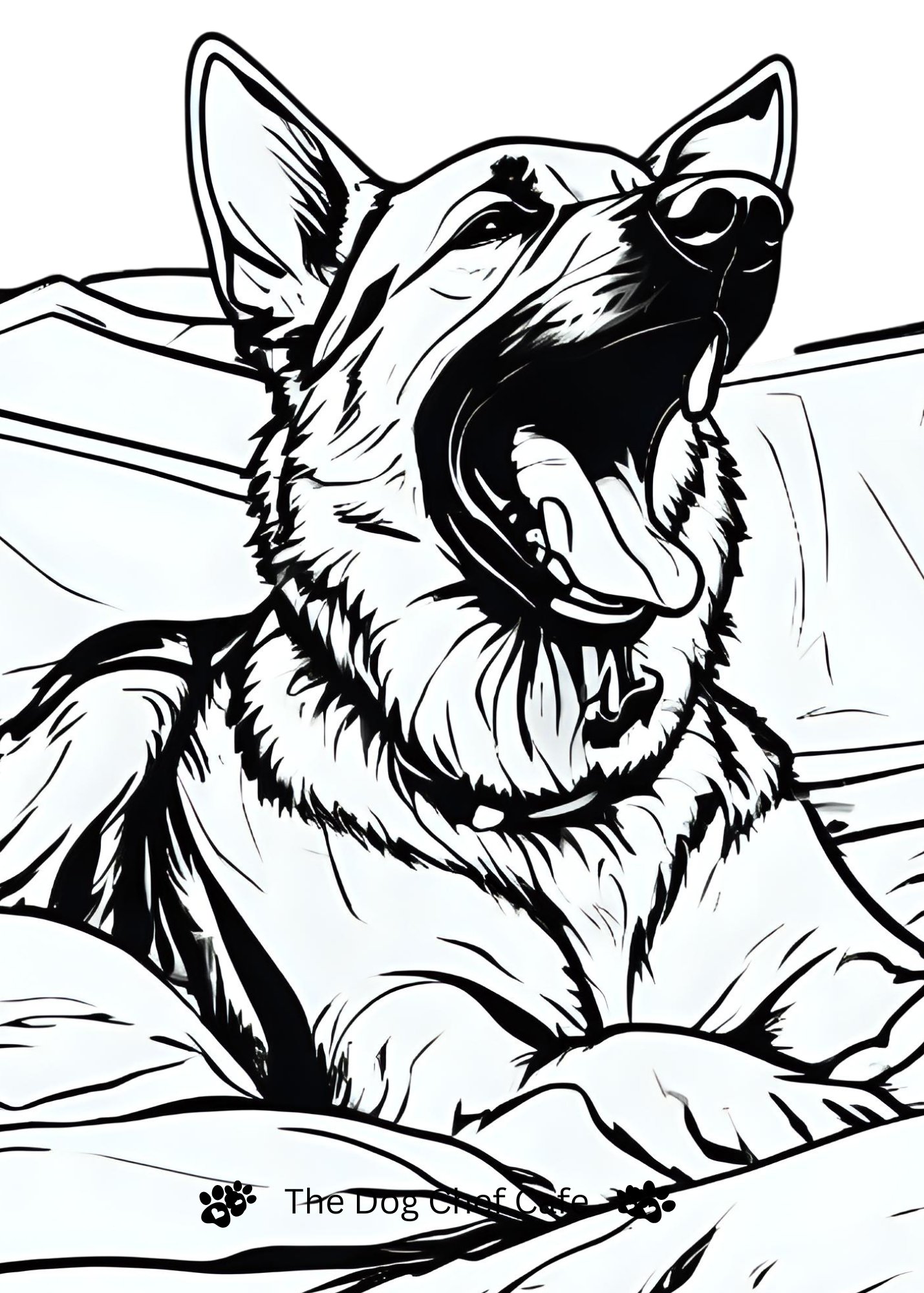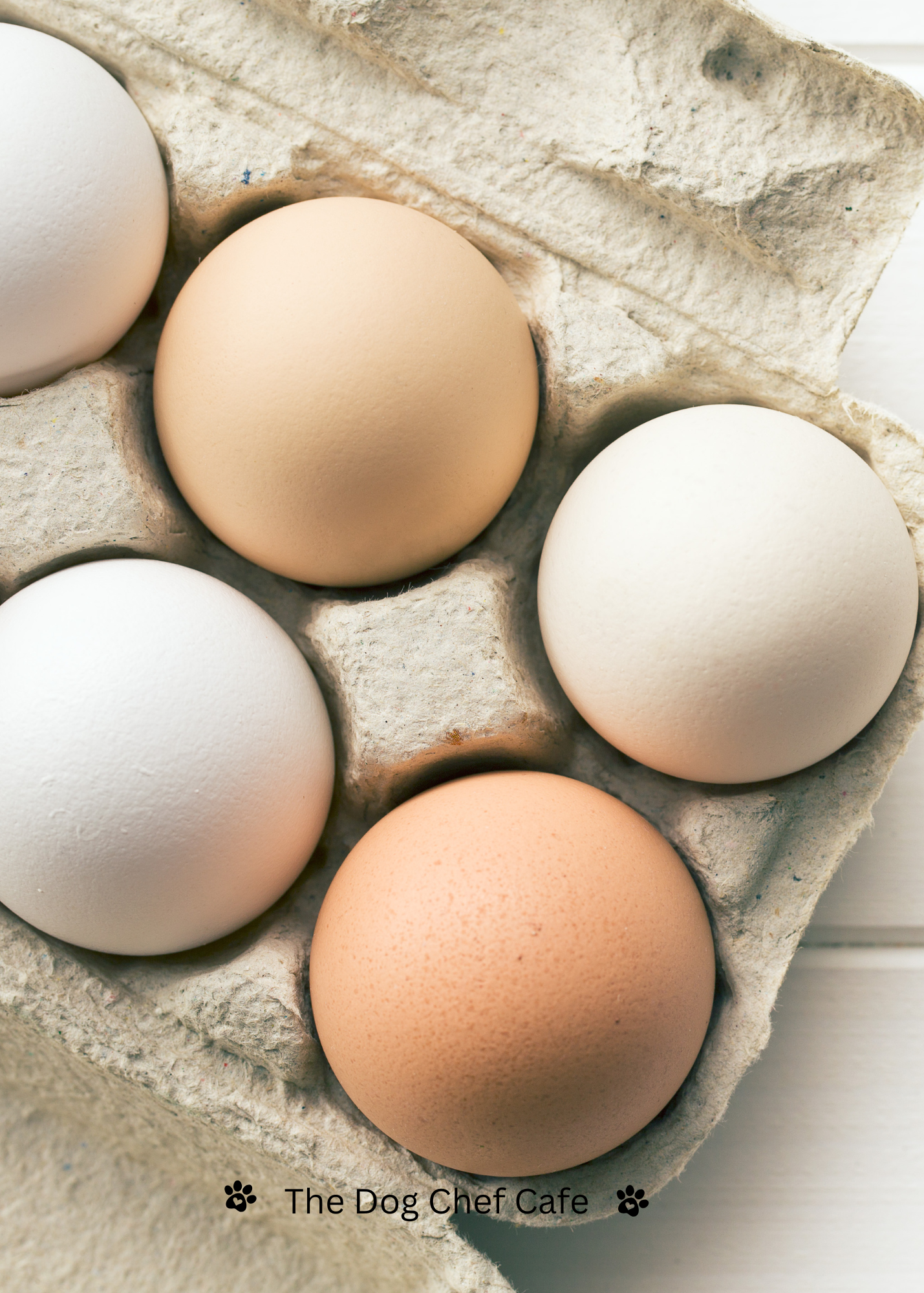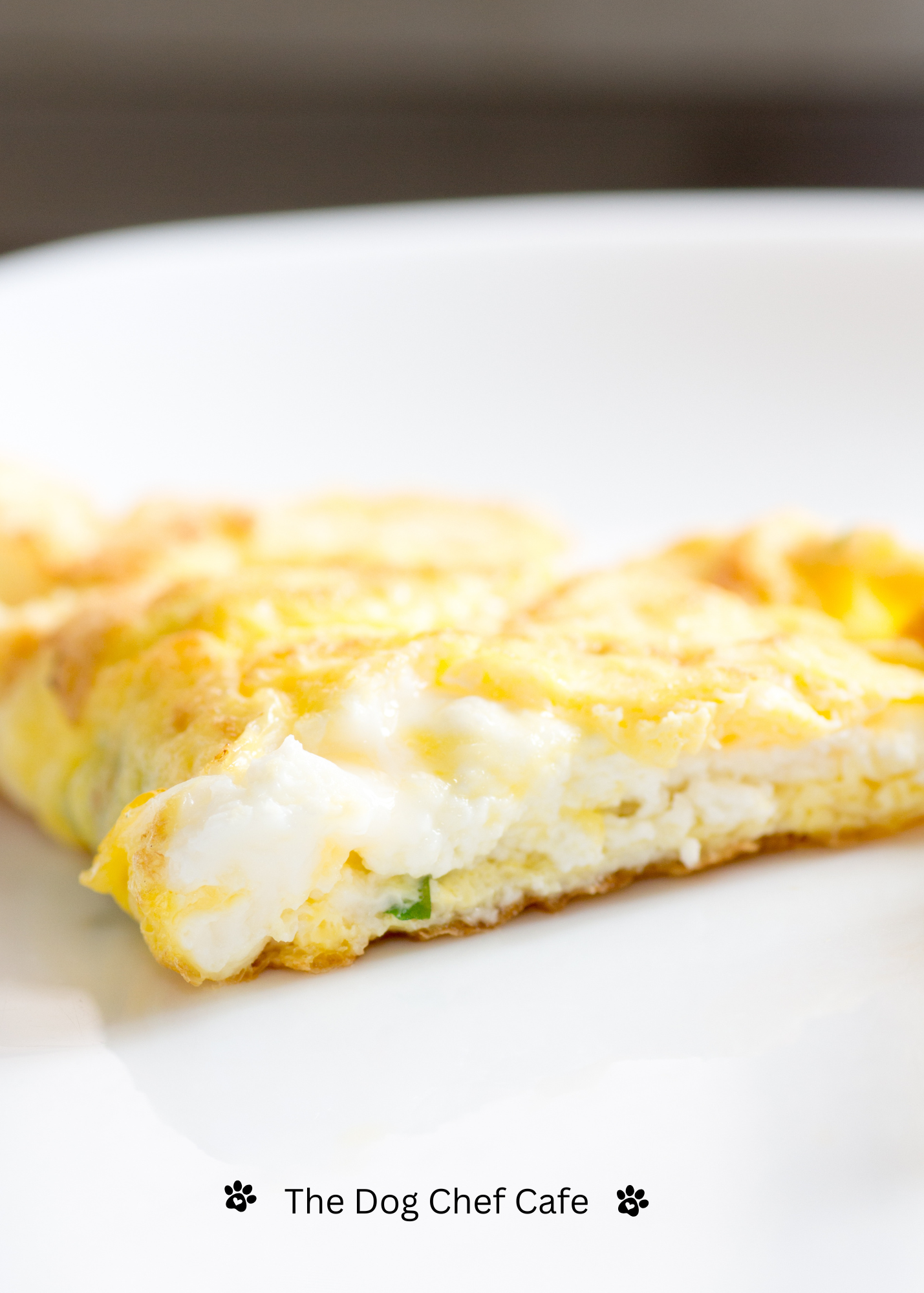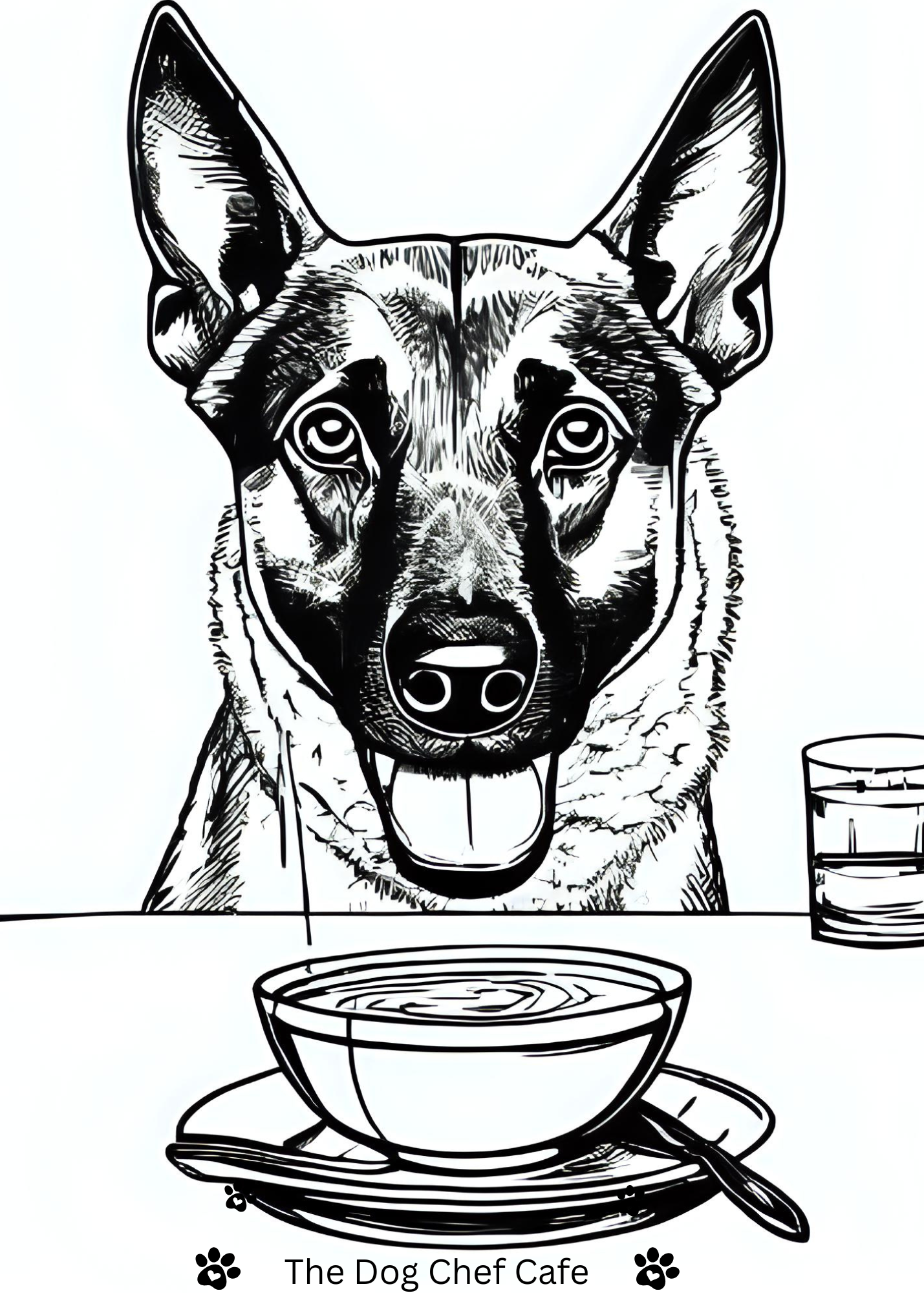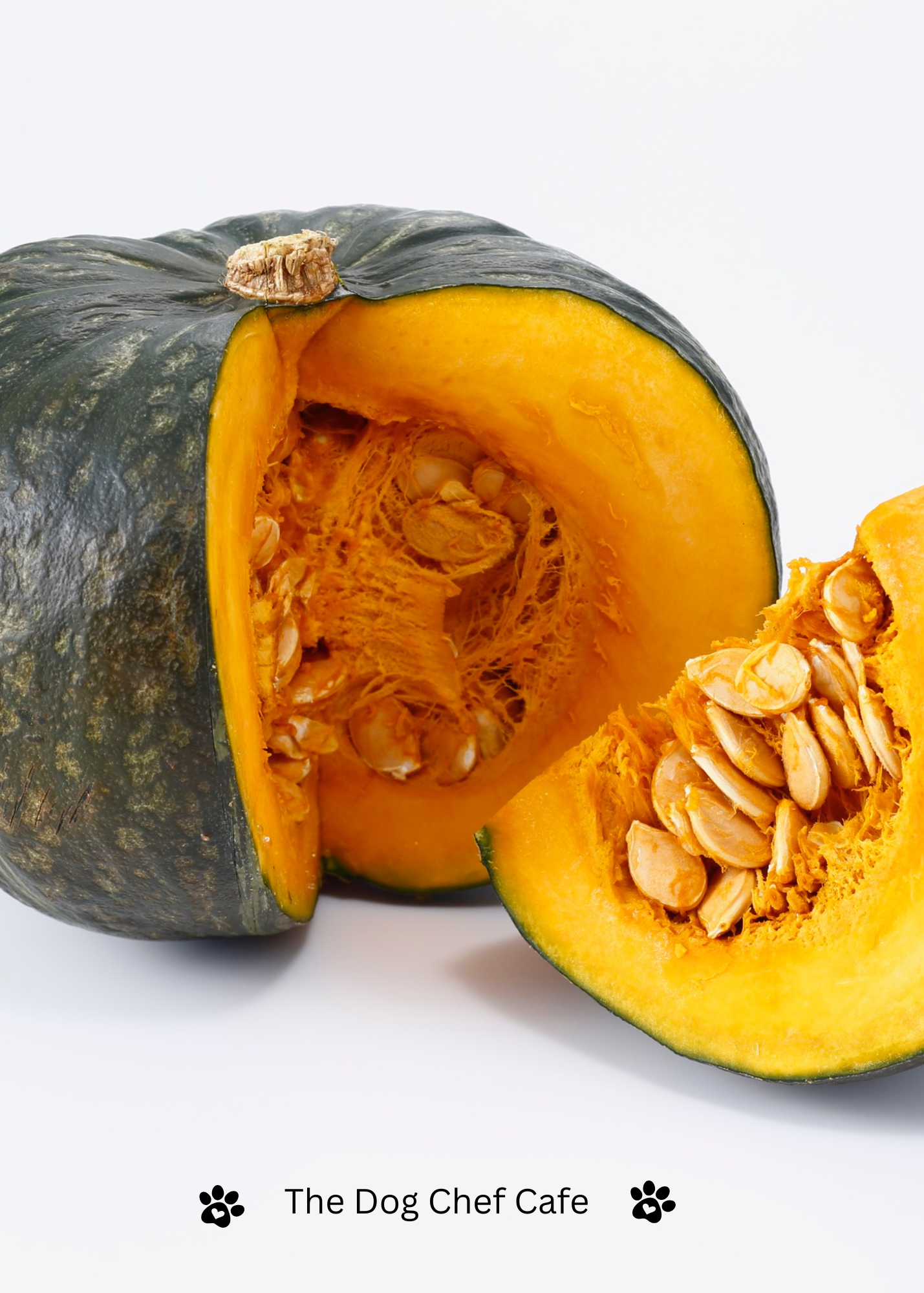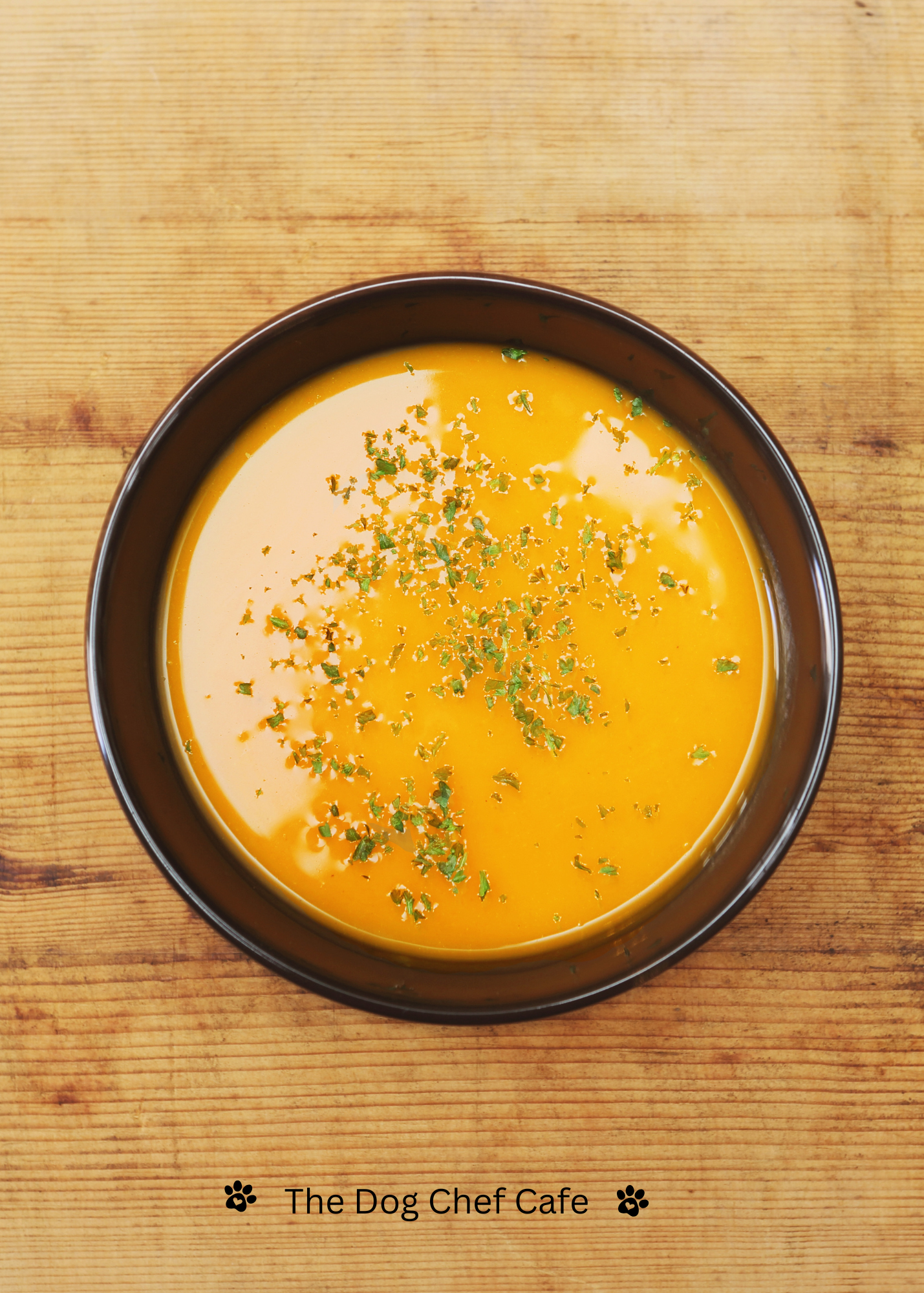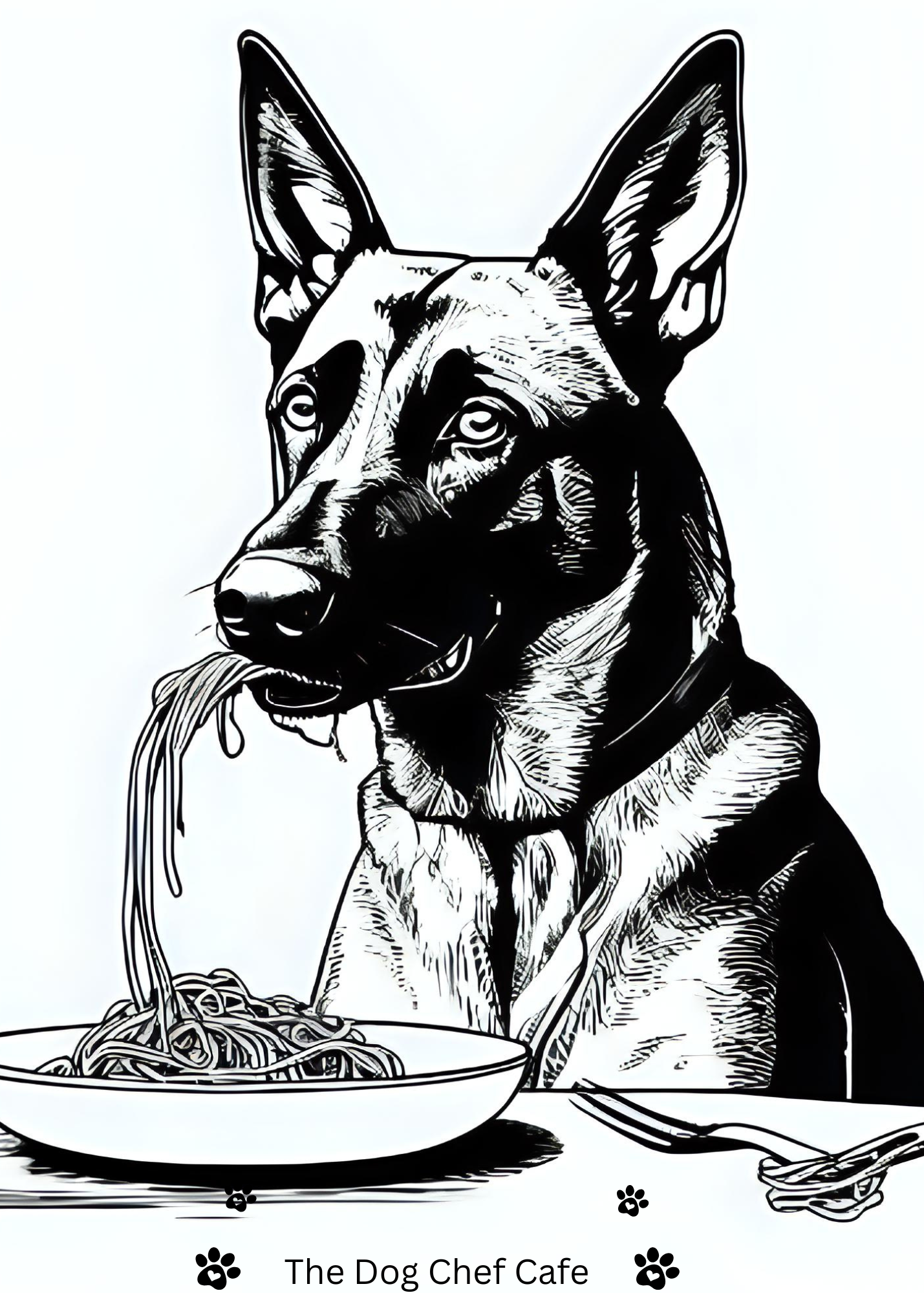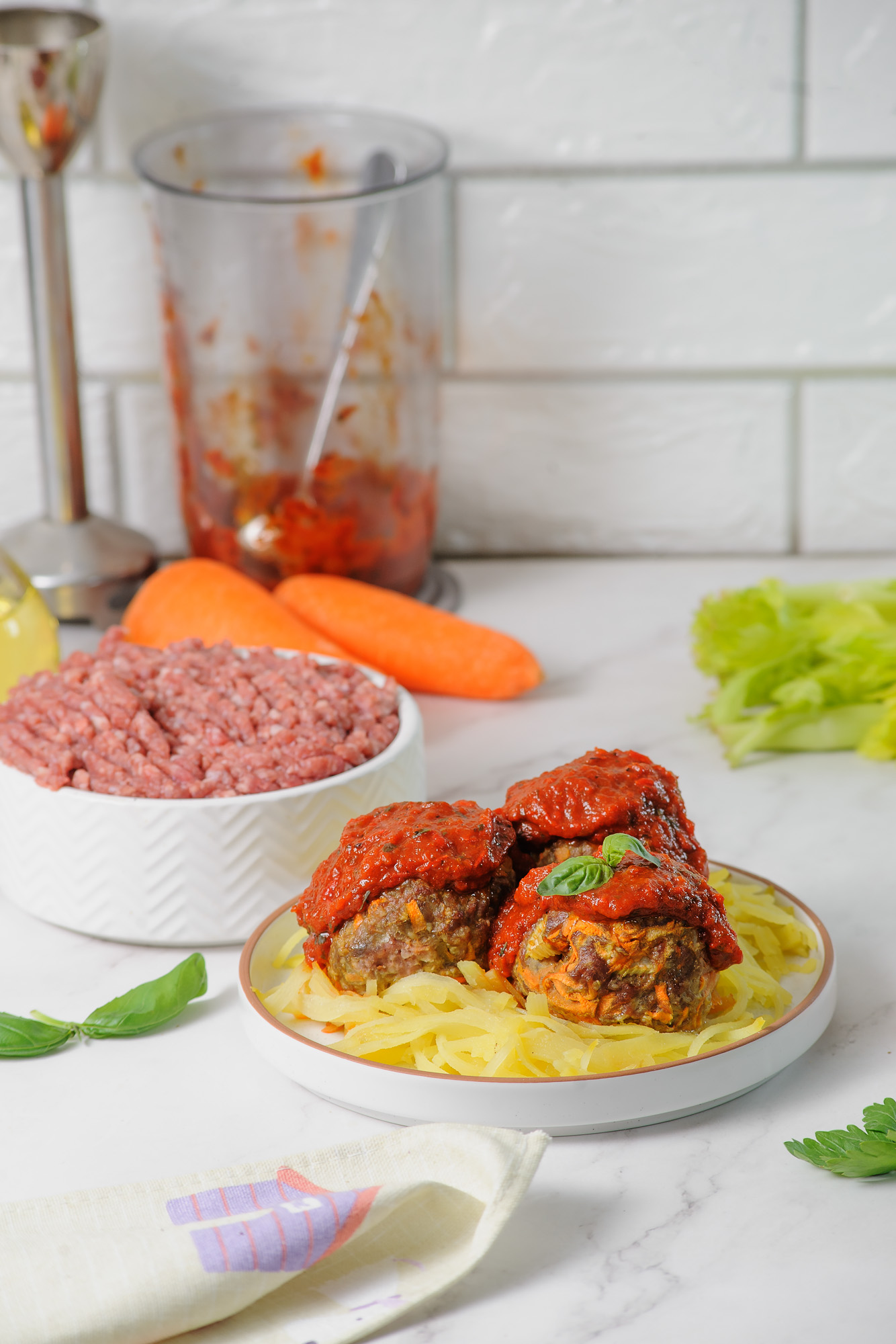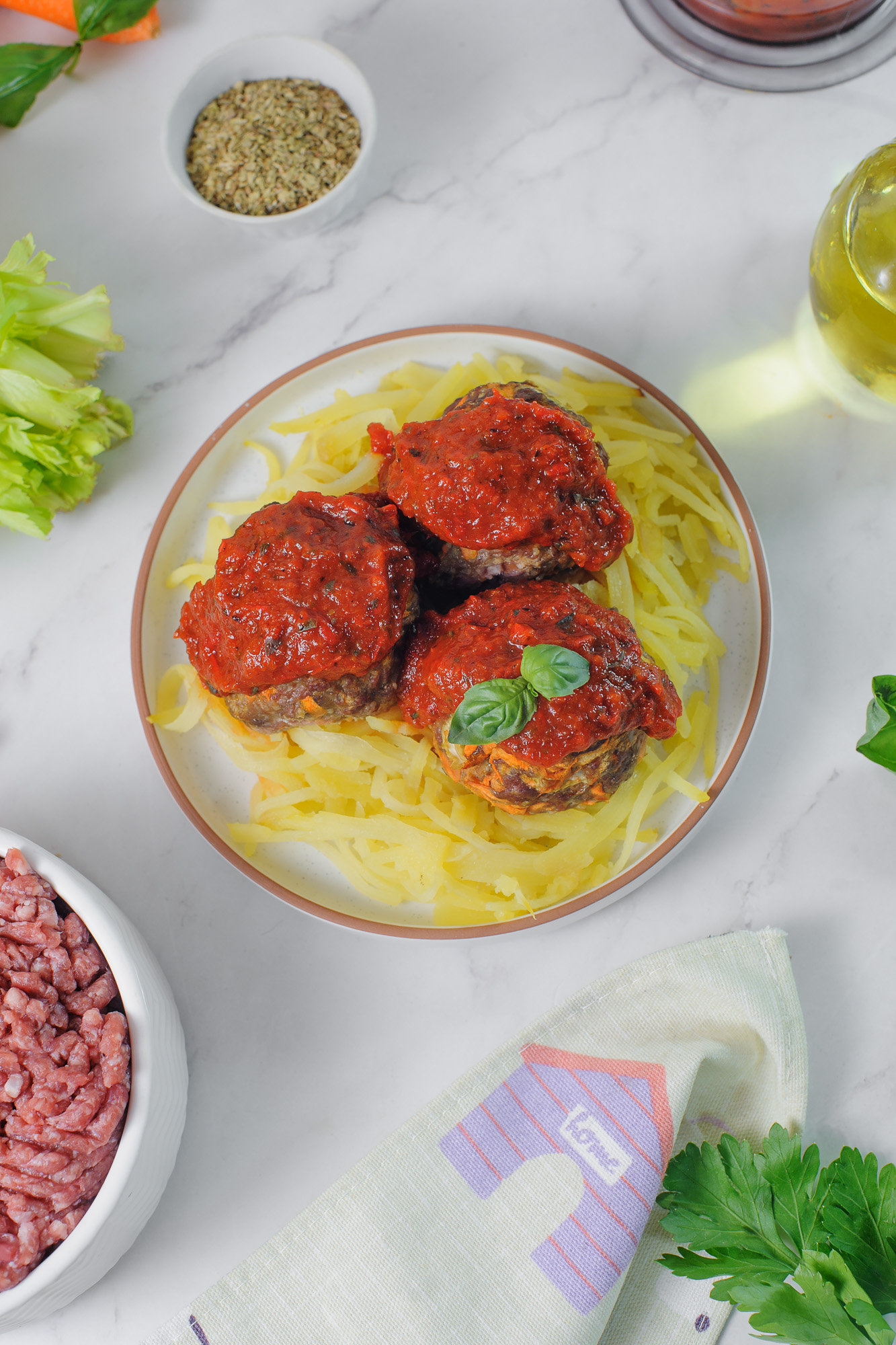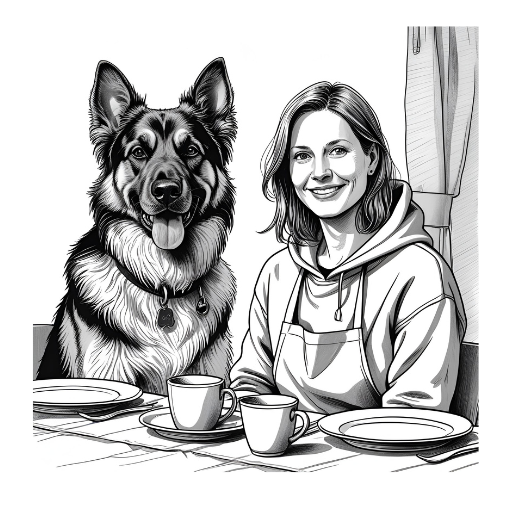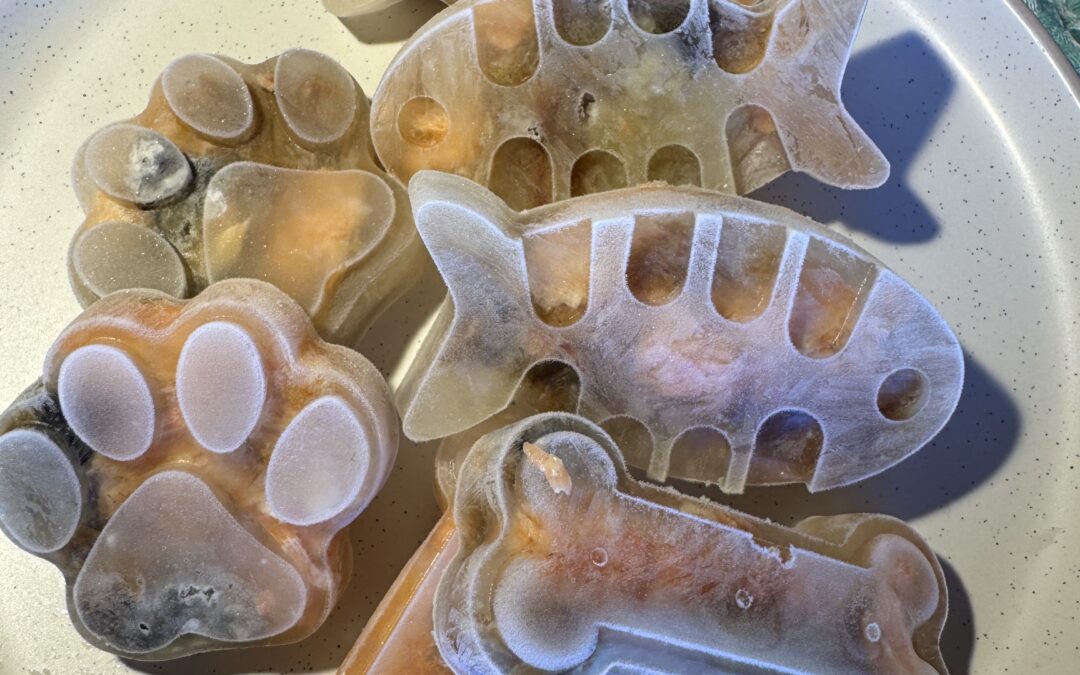
Salmon Snacks
The Nutritional Power of Salmon for Dogs
Salmon isn’t just a tasty treat—it’s a nutrient-rich superfood that can support your dog’s health from nose to tail. It’s also hypoallergenic and a well worth a try for the sensitive dog who has food allergies.
Salmon swims to the top of the list when it comes to super proteins. It has:
Omega-3s for Joints, Skin, and Coat
One of the biggest benefits of salmon comes from its omega-3 fatty acids. These healthy fats help reduce inflammation, which is especially important for dogs with stiff joints or arthritis.
They also keep your dog’s skin hydrated and their coat shiny, reducing itchiness and shedding.
High-Quality Protein for Energy and Growth
Salmon is an excellent source of easily digestible protein, giving dogs the building blocks they need for strong muscles, tissue repair, and sustained energy. This makes it a great choice for active pups or those recovering from illness.
Vitamins That Keep Tails Wagging
Packed with B vitamins (like B12 and niacin), salmon helps your dog’s body convert food into energy, supports brain and nervous system health, and keeps their skin healthy. It’s also naturally rich in vitamin D, which plays an important role in bone strength and immune support.
Minerals for Whole-Body Health
Salmon is a natural source of selenium, potassium, and magnesium—minerals that help regulate your dog’s thyroid, support heart health, and maintain overall balance in the body. Selenium, in particular, is a powerful antioxidant that protects cells from damage.
Delicious and Nutritious
This two ingredient salmon recipe can be used as a meal, or as a frozen treat. It’s simple, easy and with proper storage makes dinner and snack time, a breeze.
The obvious ingredient is of course salmon, so what is the other one?
Carrot tops. Yes, these green tops add a sweetness to the salmon.
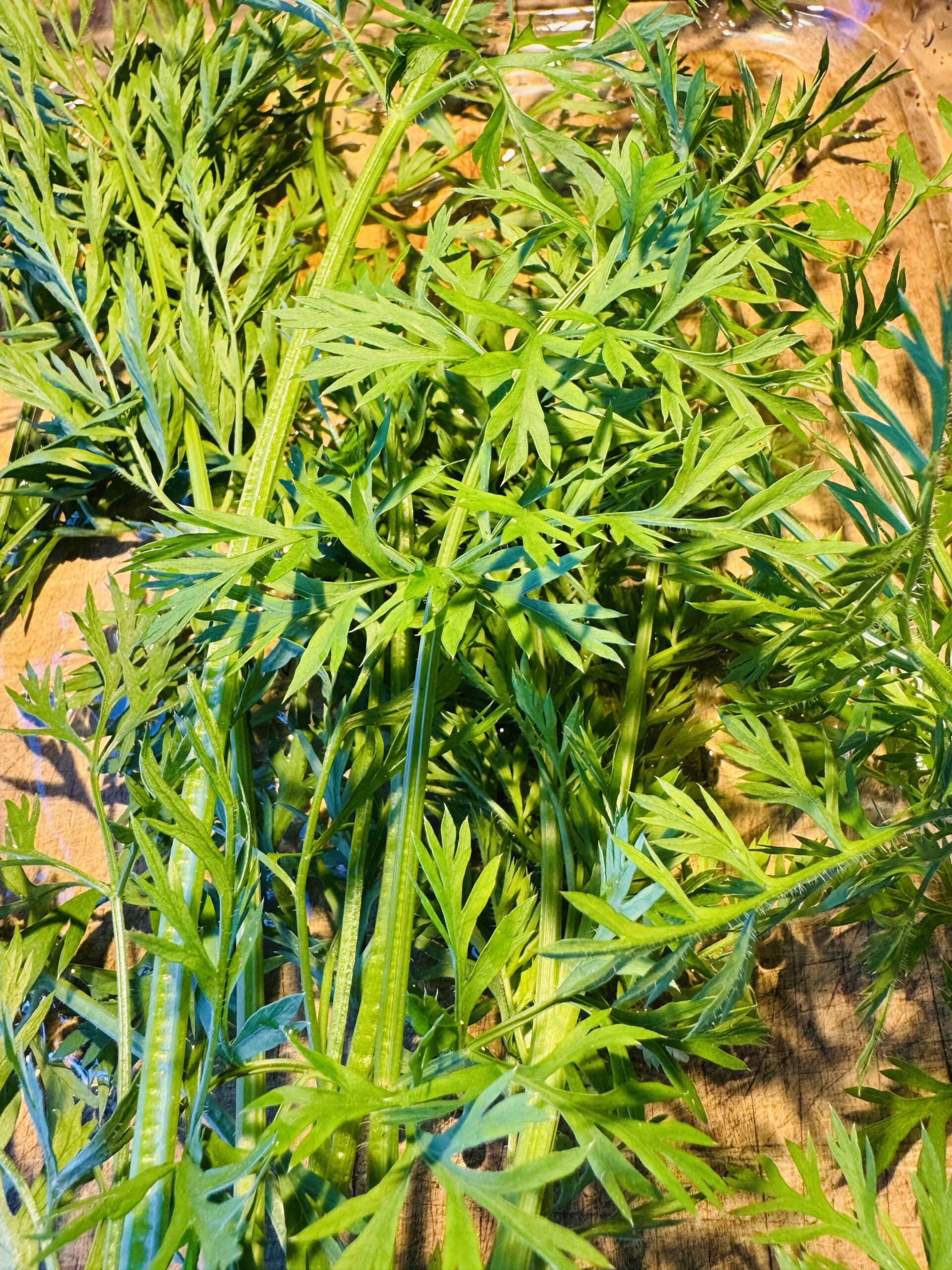
The Nutritional Benefits of Carrot Tops for Dogs
Carrots may get all the spotlight, but their leafy green tops are just as nutritious—and often overlooked. Carrot tops are packed with vitamins, minerals, and antioxidants that can support your dog’s overall health. Plus, they’re a sustainable way to make use of the whole vegetable, reducing food waste while boosting nutrition.
Vitamins That Support Wellness
Carrot tops are rich in vitamin A (as beta-carotene), which supports eye health, immune function, and skin integrity. They also contain vitamin C, an antioxidant that helps protect cells and supports healing, as well as vitamin K, which plays a role in blood clotting and bone strength.
Mineral-Rich Greens
These leafy greens provide essential minerals like calcium, magnesium, potassium, and iron. Together, these nutrients support everything from strong bones and teeth to healthy red blood cells and proper muscle function.
Antioxidants & Chlorophyll
The deep green color of carrot tops comes from chlorophyll, a compound linked to detoxification, fresher breath, and improved digestion. Paired with natural antioxidants, carrot tops may help reduce inflammation and protect your dog’s cells from damage.
Carrot tops are the perfect addition to a broth. Broths are known to be rich in vitamins and minerals because the low simmer extracts them from the plant, into the water.
The Recipe
Ingredients:
- 1 handful of carrot tops
- 1 salmon, bone in, head on, guts removed.
- Water to cover.
How to:
- Place Salmon and Carrot tops in a pot and cover with water.
- Bring to a boil, and turn down to a simmer.
- Let simmer for 2 hours. The Salmon will be cooked long before, but the longer simmer extracts the minerals and collagen from the bones.
- Once cooled, peel the flesh, skin and fatty parts from the bones. Remove the carrot tops, its easiest to leave them whole for this step.
- You are left with a soupy salmon mixture that you can serve as a topper, meal or freeze into fun shapes for snacks.
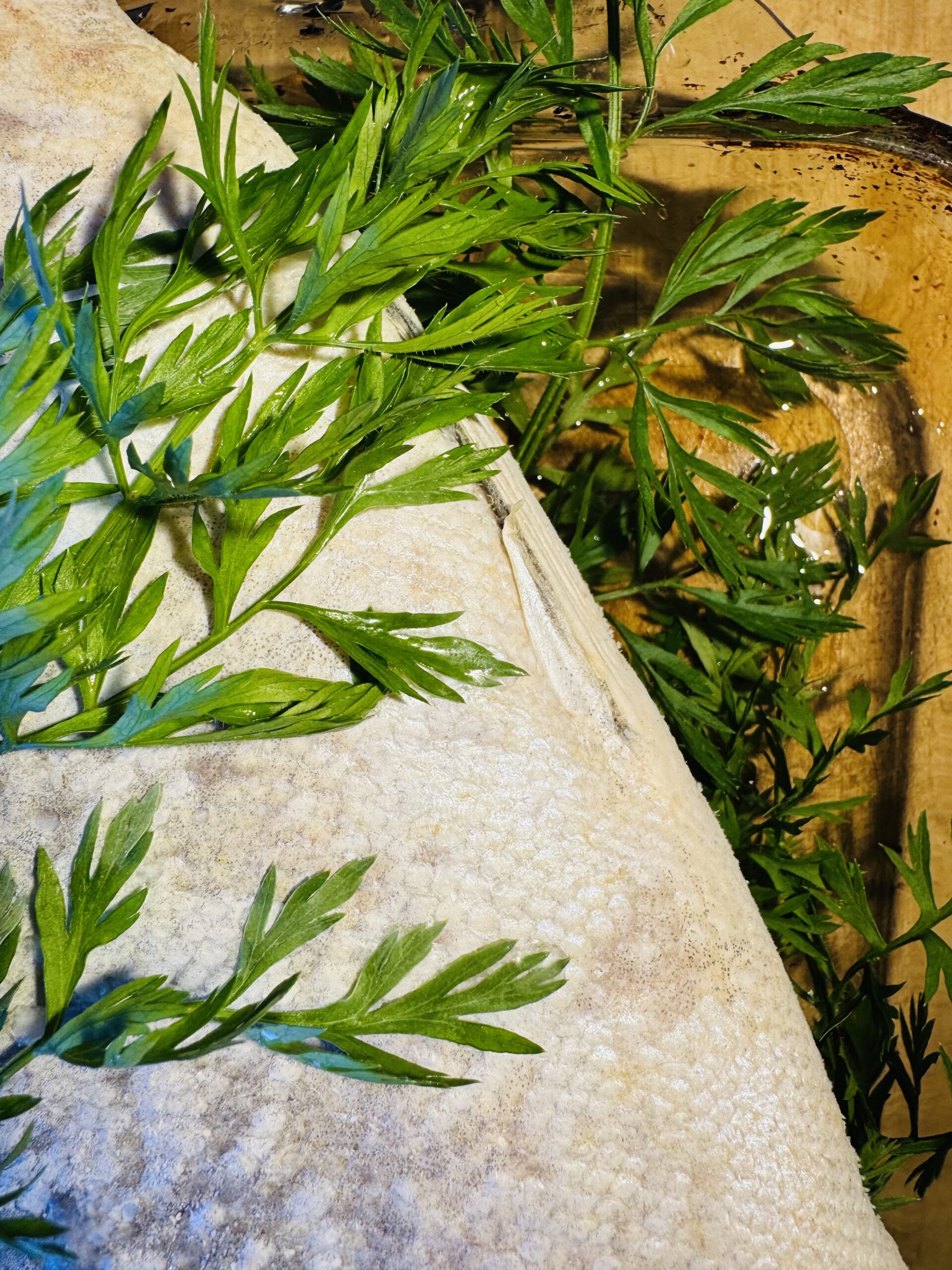
Tips:
When you let the broth cool, it will turn jelly like. The jelly is collagen and extremely healthy for your dog.
If you want to have the salmon flesh for a meal or snack, it will easily peel off the bones which you can let simmer for longer for the collagen and minerals to be fully extracted.
As a topper:
Place as much of the salmon mixture on top of your dogs regular food.
As a meal:
Dogs do very well off of protein and this can be served as a meal as is.
As a frozen snack:
Freeze the salmon mixture into fun shapes that your dog can eat as nutritious snack. Lila has always loved ice and this is a flavour-packed, nutrient-rich ice cube.
Does your Dog like Salmon?
Leave us a comment, send us a photo and otherwise bark at us if you have tried this recipe.
